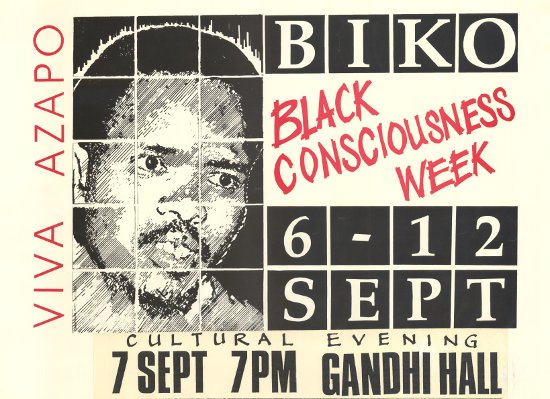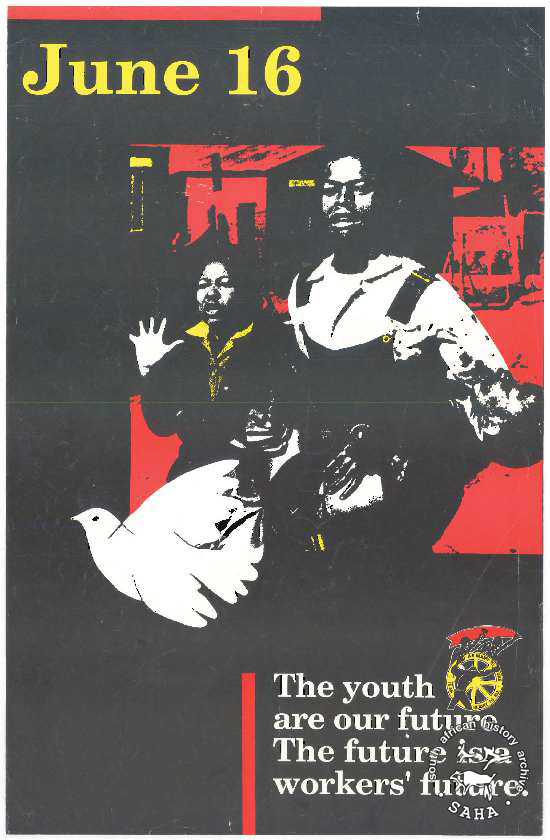By Kerry-Lee Clark
Steve Biko, in defining Black Consciousness while acting as the president of the South African Student Organisation, wrote:

"All in all the black man has become a shell, a shadow of man, completely defeated, drowning in his own misery, a slave, an ox bearing the yoke of oppression with sheepish timidity.
This is the first truth, bitter as it may seem, that we have to acknowledge before we can start on any programme designed to change the status quo. It becomes more necessary to see the truth as it is if you realise that the only vehicle for change are these people who have lost their personality. The first step therefore is to make the black man come to himself; to pump back life into his empty shell; to infuse him with pride and dignity, to remind him of his complicity in the crime of allowing himself to be misused and therefore letting evil reign supreme in the country of his birth"
- Biko, S., 2015. I write what I like: Selected writings. University of Chicago Press.
While parents have certainly fought for the rights of their children, in adulthood the experience of injustice can become the monotony of the everyday, normalised if never fully accepted. The result is that front lines in struggles for justice have often been filled with teenagers and youths still capable of believing they can change supposedly unchangeable realities.

16 June 1976 the youth of Soweto, stood against the Bantu Education. Formally introduced nearly 30 years before, the Bantu Education Act 1953 was created to indoctrinate black South Africans
"from childhood to realise that equality with Europeans is not for them. There is no place for the Bantu child above the level of certain forms of labour".
- Dr. H.F. Verwoerd, 1953. South African Minister of Native Affairs
While Bantu Education had a long history of degrading students, a new policy in 1976 was forcing students to study in Afrikaans. For many students this would have been a third language, making matriculation unlikely.
During the peaceful protest, police opened fire on school children, forcing the youths to suffer the very adult consequences of violence and death. Rather than police violence ending the Soweto Uprising, it galvanised others to join the youth lead movement in the fight against the injustices of apartheid.
While the first democratic elections of 1994 might have officially ended apartheid, South Africa's youth have not become complacent and continue to fight the remains of systematic racism and other structural issues. Since June 2016 children fought for (and won) their right to express their identity by demanding that natural black hair be an option in school, students have looked towards their own future and that of their younger brothers and sisters in the #feesmustfall protests which notably resulted in changing language policies at universities', and the youth are currently pushing for cheaper data creating a debate about what constitutes human rights in a digital age.

In celebrating youth month, SAHA honours the youth of South Africa, who have sacrificed their lives to gain freedom and education and applauds those who continue to drive South African forward today.
To read more about the role of youth in South African history, please see "The Future is Ours: Commemorating Youth in Struggle" which was created by SAHA for use in classrooms or visit our online exhibition here.









